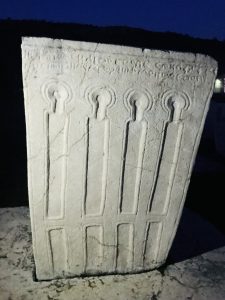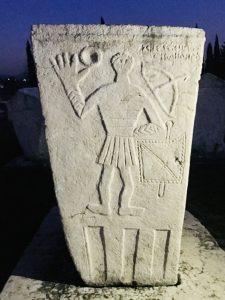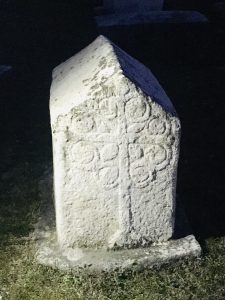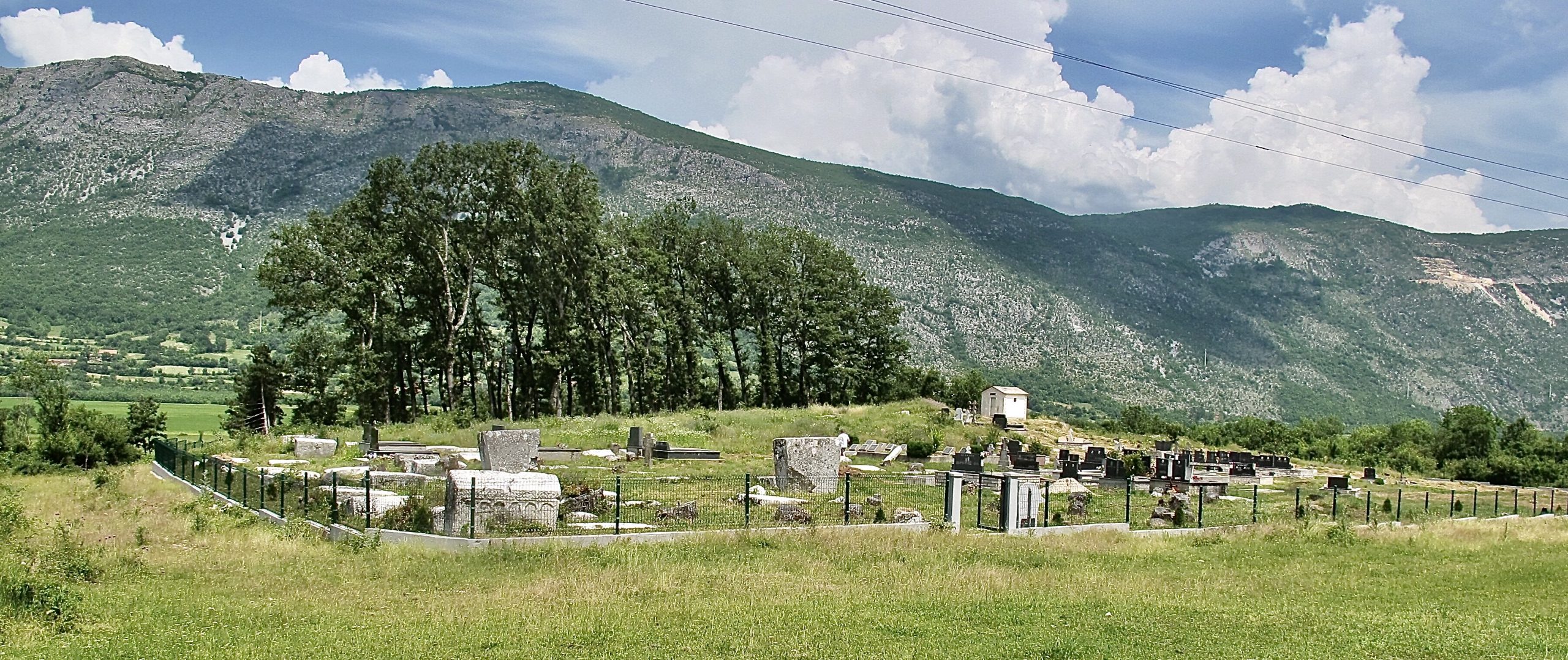General
Stećci are medieval tombstones dispersed throughout the landscapes of Serbia, Croatia, Montenegro, Kosovo, and particularly Bosnia and Herzegovina (BiH). The evidence suggests they first appeared in the 12th C, and were in use until the 16th C. They characterise a specific funerary phenomenon and represent a unique interdigitation of traditions, religions, artistic and aesthetic expressions, as well as languages. Their morphology varies immensely, from pseudo-sarcophagi to crosses, slabs and chests. Approximately 10% of stećci bear decorations and epitaphs with their iconographies demonstrating continuity within medieval Europe, as well as unique local traditions. The number of these monuments is staggering: over 72,000 stećci are currently recorded in the Western Balkans, with more than 60,000 found in BiH alone. They embody centuries of Bosnian tolerance, which evolved from long-lasting cohabitation of local, diverse ethnicities. Simultaneously, these populations followed different religions: Orthodox Christianity, Roman Catholicism, the Bosnian Church (Christian, proclaimed heretical), and Islam. Remarkably, stećci are not attributed to any ethnic or religious group, and have always been considered enigmatic, lacking a clear, explicit belonging.
Historiography
The tombstones were first referenced in the sixteenth century, still in time when they were part of a live funerary custom. Benedikt Kuripešić, a Habsburg diplomat from Slovenia, came across these monuments in 1530, when he travelled to Istanbul in the service of the Holy Roman Emperor, King Ferdinand. Later, other itineraries were published – for example, by an Italian priest Fortis in 1776; by a Turkish traveller Ćelebi in 1626 and others, where these monuments were noted. However, it was not until 1876 that the tombstones received European attention. Sir Arthur J. Evans travelled through Bosnia in 1875 and experienced “many adventures there”. He erroneously portrayed stećci as Bogomil tombstones, a definition that prevailed for more than a 100 years, until it was finally refuted towards the end of the twentieth century. The first actual presentation of stećci tombstones to the broader European public occurred in Paris, at the exhibition “Medieval art of the people of Yugoslavia” by Russian diplomat Soloviev, where they were displayed as being the art of all Yugoslavs nations.
The first censuses of stećci was implemented in the 1890s when BiH was part of the Austro-Hungarian empire. They documented over 59,500 monuments. Much energy was placed into assessing the numbers and distribution of these monuments in the subsequent years. After the II World war, a systematic cataloguing in the 1950s & 1960s focused on classifications of their physical features. This extensive work was organised by a Bosnian scholar Šefik Bešlagić (he authored more than 270 publications exploring these monuments, his corpus is listed in Kurtović 2003), with many other Yugoslavian colleagues.
- Religious hypothesis: stećci are tombstones erected by the supporters of Bogomilism, the Gnostic social-religious movement; or by the heretical dualist Bosnian Church;
- Ethnic hypothesis: they are related to the native Vlach population;
- Social hypothesis: the tombstones are symbols of high social status groups within these communities.
The number of stećci speaks against the latter, yet only a systematic study will shed further light on these theories. The quantity of the tombstones in a cemetery is an important indicator of social trends in medieval BiH. Historical studies revealed three types of cemeteries:
- family burial grounds, with ~10 tombstones;
- clan necropolises with 30-50 tombstones; and
- cemeteries of entire communities with a few hundred tombstones.
Small cemeteries should represent a later stage in medieval society, after the collapse of clan-based groups and the emergence of family communities, with smaller burial grounds, marking their new identity.
Regional variations are evident in the forms, ornamentation, epitaphs and the quality of craftsmanship. Decorations in low relief consist of abstract motifs, celestial bodies, human & animal figures, weaponry, floral decorations, etc.; some of the tombstones have epitaphs, written mostly in extinct Bosnian Cyrillic or Glagolitic Latin script. It appears that the cross-type stećci are the most particular, with extensive regional distribution, but a single presence in a cemetery. Their almost exclusively crescent moon-and–star ornament historians see as emblematic of a few specific religious affiliations: pagan, Christian, Mithraism.




